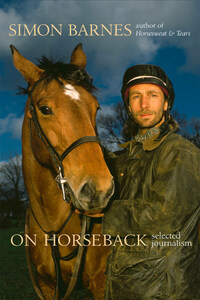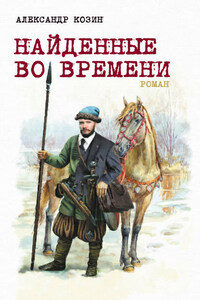George Sorensen, ectomorphic, myopic, leotropic, pointed to the crown of an umbrella thorn, where three vultures sat waiting.
‘Lion?’ he asked, but with George, questions were often really statements. Lion: for sure: and I knew George would want to move in. Dread and delight, familiar fellows, gripped me again.
George pointed a courteous finger skyward, and said to Helen: ‘Striped kingfisher. A duet. Remember what we said about pair-bonding? Hear them? All right, we’ll move in, shall we?’
I heard at his word the razor-stropping duettists, male and female, at their hundred-times-a-day ritual of conquest and sex, and looked to the umbrella thorn. Three white-backed vultures: in a second thorn tree a little beyond, two more vultures, these white-headed. It was likely, then, that something lay dead beneath: and likely that lion had killed it. The vultures had not descended to the cadaver because the lion were still there. Very likely. Say, two to one on.
Well, naturally, lion had killed, and naturally, George wanted to move in. Between us and the thorn trees lay a smallish expanse of grass, parched and painted pale tawny by drought: lion-coloured.
George was seldom aware of people when lion were present, so, as was my habit, I checked the company, a short job, for we had but one client with us. Helen was a rather stately Englishwoman the far side of sixty, with tea-party manners. Vague, frail-looking and ladylike, she had done far better than I had expected when I (arriving rather more than forty minutes late, unfortunately) had met her at the airport five days ago. She had walked not swiftly but tirelessly, and she had taken great delight in the wilderness we had shown her. A client who falls in love with the bush warms a safari guide’s heart. With perfect politeness, she had denied any feeling of disappointment in our failure to find lion for her. Now, on the morning of her departure, we seemed no more than a couple of hundred yards from invisible and uncountable lion. And on foot, of course. But Helen didn’t look like a panicker.
‘Why not?’ I said. ‘Phineas?’
Phineas, long and lean, with impossibly graceful fingers, was holding his rifle by the extreme end of the barrel and resting the weapon’s point of balance on his shoulder. This was not a suitable position for immediate action, but then I had never seen Phineas use his rifle as anything other than a leaning post and undergrowth-basher. He turned to me and offered a kind of facial shrug, a brief thrusting out of his lower lip. He stooped, picked up a handful of dust and let it trickle through his elegant fingers. A little cloud hung in the air and drifted towards us. Phineas nodded.
In the far distance, I heard the triple scream of fish eagle. Phineas motioned us to follow with a small movement of his head. We were at it again. Why not?
Well, as a matter of fact, The Safari Guide Training Manual provided a long list of reasons why not. The book was adamant on the point: with lion, there is no such thing as a safe distance on foot. Its author concluded reluctantly that feeding lion could be approached within two hundred yards, but then only if the wind was blowing from them to you, and the country was open and undergrowth-free, and every lion could be counted and accounted for.
The Manual had been produced by the Ministry of National Parks and Tourism, and it was a masterpiece of terror. Its persistent but never stated theme was the dread of the bad publicity that would follow the devouring of tourists by lion, or the impaling of tourists by elephant, or the bisection of tourists by hippopotamus, or the flattening of tourists by buffalo, or the vivisection of tourists by hyena.
None of us followed the











